Intelligent Deviation Correction + Laser Measurement: Technological Innovation of Modern Hot Stamping Paper Slitting Machine
Through the integration and application of intelligent deviation correction system + laser measurement technology, the modern hot stamping paper slitting machine has achieved high-precision and high-stability slitting effect, and has become a technical benchmark for packaging, labeling, decorative materials and other industries. Here's a closer look at this technological innovation:
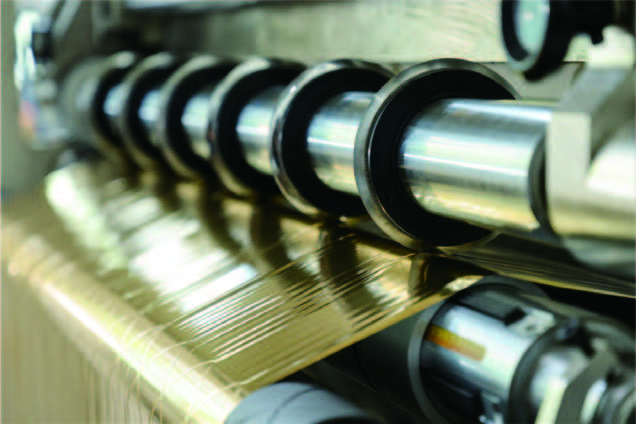
First, technical pain points and innovation needs
Limitations of traditional slitter machines
1. The efficiency of manual correction is low
◦ Depends on the operator's visual observation and adjustment, the error is large (more than ±1mm), and the waste rate of hot stamping paper is high (about 5%-8%).
2. Contact measurement defects
◦ Mechanical sensors are susceptible to wear, deteriorating accuracy over time, and may scratch the surface of the material (especially on specular hot stamping paper).
3. Speed and accuracy contradict each other
◦ When slitting at high speed (>200m/min), the response of the traditional photoelectric guiding system is delayed, resulting in jagged edges or serpentine rolls.
Peculiarities of bronzing paper
◦ The material is fragile (e.g., PET substrate thickness is only 12-25μm), and the tension and deviation correction sensitivity are extremely high.
◦ The metal plating should avoid scratches, and traditional contact inspection is not suitable.
Second, the core technology innovation program
1. Intelligent Web Guiding System (EPC) upgrade
◦ Multispectral camera + AI algorithm
◦ Using a high frame rate (500fps) industrial camera, combined with infrared/visible multispectral imaging, it captures the edge position of hot stamping paper in real time.
◦ AI dynamically learns material properties (such as reflective intensity, texture) to adapt to the deviation correction needs of different bronzing papers such as gold, silver, and laser.
◦ Nanoscale actuators
◦ Linear motor drives the guiding roller, the response time is <10ms, and the guiding accuracy is ±0.05mm (5 times higher than the traditional pneumatic correction).
2. Non-contact laser measurement
◦ Laser triangulation ranging technology
◦ Real-time measurement of web width (accuracy ±0.01mm) and thickness (resolution 0.1μm) through the combination of laser transmitter + CMOS receiver.
◦ Advantages: It does not contact the material and avoids coating damage, especially suitable for ultra-thin hot stamping films (such as 6μm transfer films).
◦ 3D surface scanning
◦ Line laser scanner detects the flatness of hot stamping paper, and warns of wrinkles, bubbles and other defects in advance (detection rate > 99%).
3. Collaborative control technology
◦ Closed-loop feedback system
◦ The laser measurement data is fed back to the guiding system and tension controller in real time, forming a closed loop of "detection-correction-slitting" (adjustment cycle< 5ms).
◦ Digital twin rehearsal
◦ Optimize parameters (such as slitting speed and deviation correction sensitivity) through virtual simulation before slitting, and reduce the test loss by more than 20%.
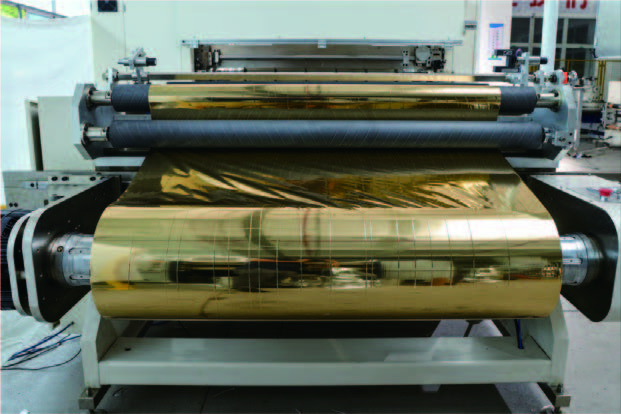
Third, the practical application benefits
| index | Legacy equipment | Intelligent web correction + laser measurement | Boost the effect |
| Slitting accuracy | ±0.5mm | ±0.03mm | 94%↑ |
| Highest slitting speed | 150m/min | 350m/min | 133%↑ |
| Material loss rate | 5.2% | 0.8% | 85%↓ |
| Changeover time | 30 minutes | 5 minutes (automatic parameter tuning) | 83%↓ |
Case:
After adopting this technology, a European luxury packaging factory:
◦ The yield rate of hot stamping labels increased from 92% to 99.6%, saving €1.8 million in annual material costs;
◦ Equipment OEE (Overall Effectiveness) increased from 68% to 89%.
Fourth, future technology trends
1. Quantum dot sensing technology
◦ Higher sensitivity for nanoscale defect detection (e.g., micron-level uneven coating).
2. Adaptive AI deviation correction
◦ Predict material misalignment trends with deep learning for preventative adjustments.
3. Green slitting scheme
◦ Laser measurement combined with energy consumption optimization algorithm reduces device power consumption by more than 30%.
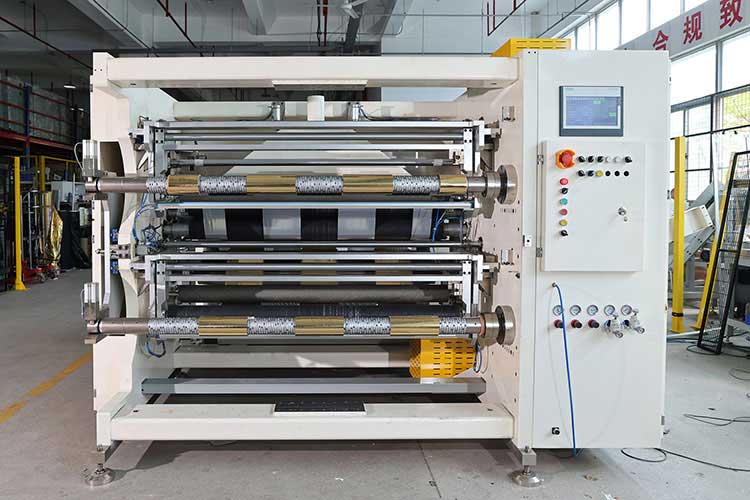
5. Selection suggestions
Enterprises need to choose the configuration according to their own needs:
• Basic version: single laser width measurement + photoelectric deviation correction (suitable for ordinary hot stamping paper with an accuracy of ± 0.1mm);
• Ultimate version: multispectral AI web correction + 3D laser scanning (suitable for ultra-thin/highly reflective special materials).
epilogue
The combination of intelligent deviation correction and laser measurement has made the hot stamping paper slitting machine evolve from a "mechanical tool" to an "intelligent decision-making system". This technological innovation not only solves the long-standing contradiction between precision and speed in the industry, but also lays the foundation for flexible production through data empowerment.
Recent Post
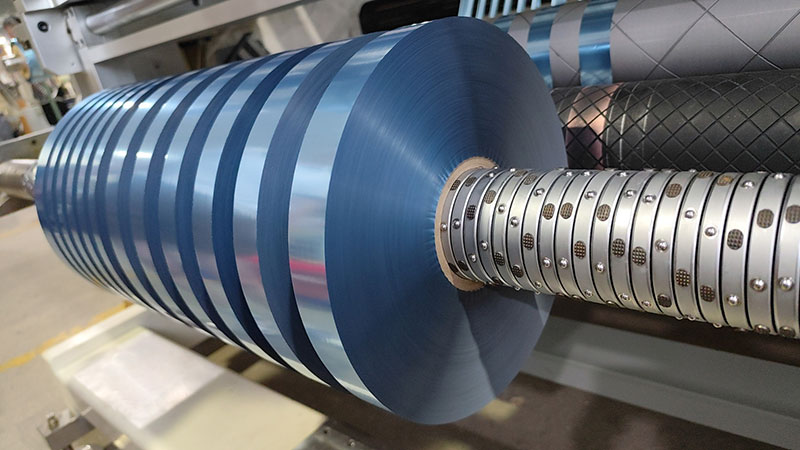 From coil to finished product: How does the hot stamping foil slitting machine achieve efficient slitting at the touch of a button?
From coil to finished product: How does the hot stamping foil slitting machine achieve efficient slitting at the touch of a button?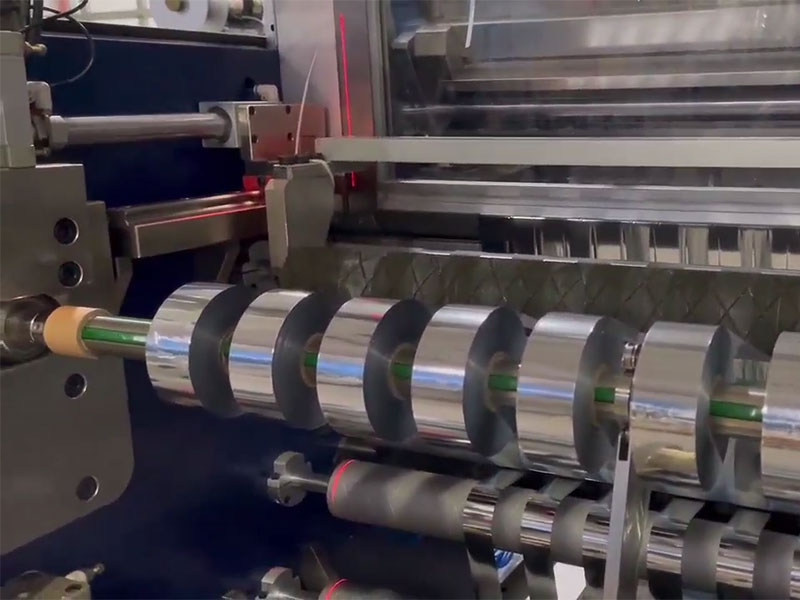 Efficient and waste-free! How to improve the utilization rate of hot stamping foil slitting machine?
Efficient and waste-free! How to improve the utilization rate of hot stamping foil slitting machine?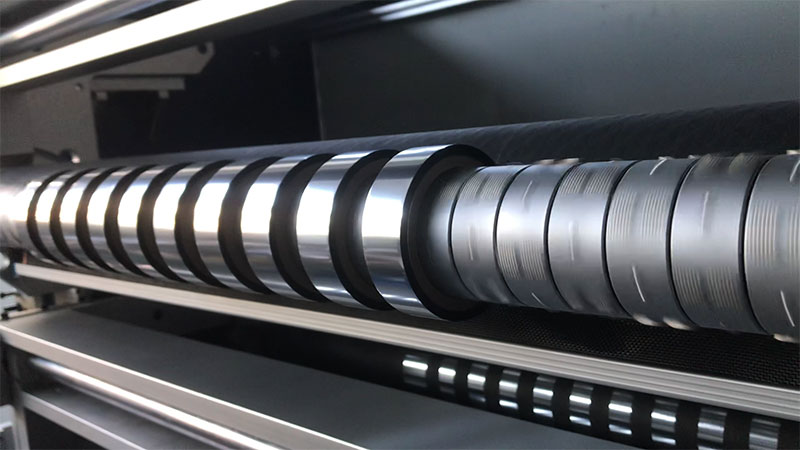 Hot stamping foil slitting machine: stability and precision guarantee under high-speed slitting
Hot stamping foil slitting machine: stability and precision guarantee under high-speed slitting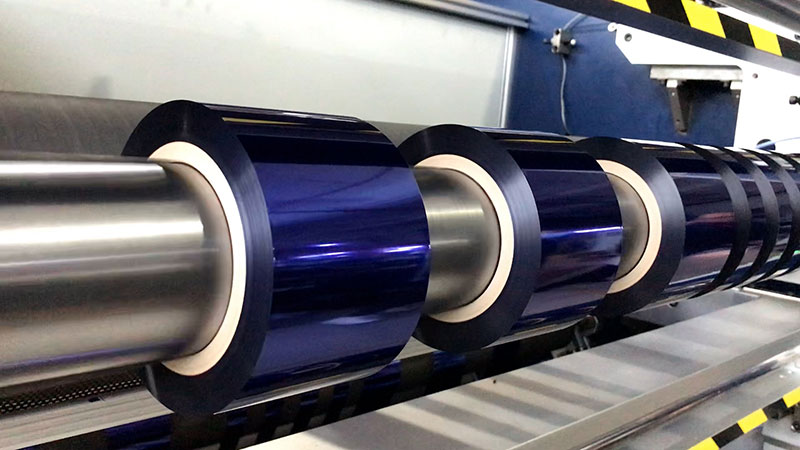 Intelligent deviation correction + constant tension control: analysis of the key technology breakthrough of the hot foil stamping slitting machine
Intelligent deviation correction + constant tension control: analysis of the key technology breakthrough of the hot foil stamping slitting machine
 Automatic Foil Roll Cutting Machine
Automatic Foil Roll Cutting Machine 1400mm Hot Stamping Foil Slitting Machine
1400mm Hot Stamping Foil Slitting Machine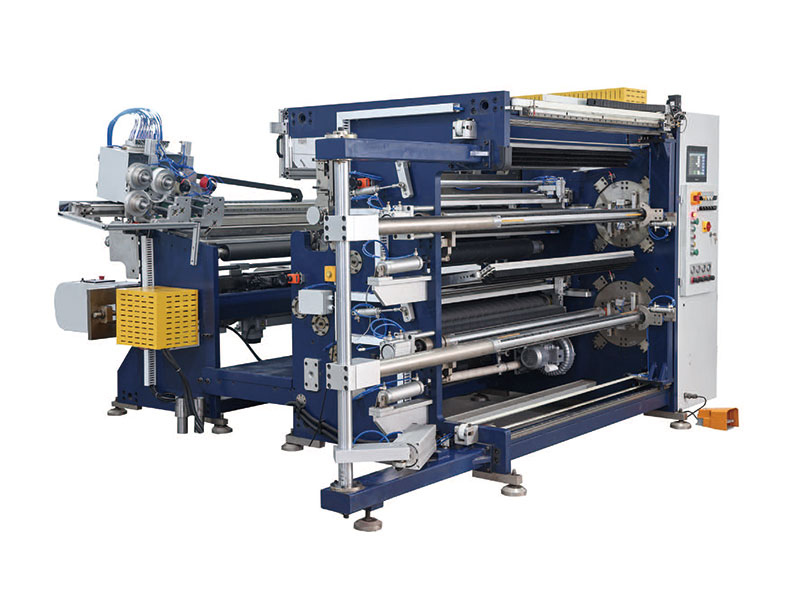 1350mm Hot Stamping Foil Slitting Machine
1350mm Hot Stamping Foil Slitting Machine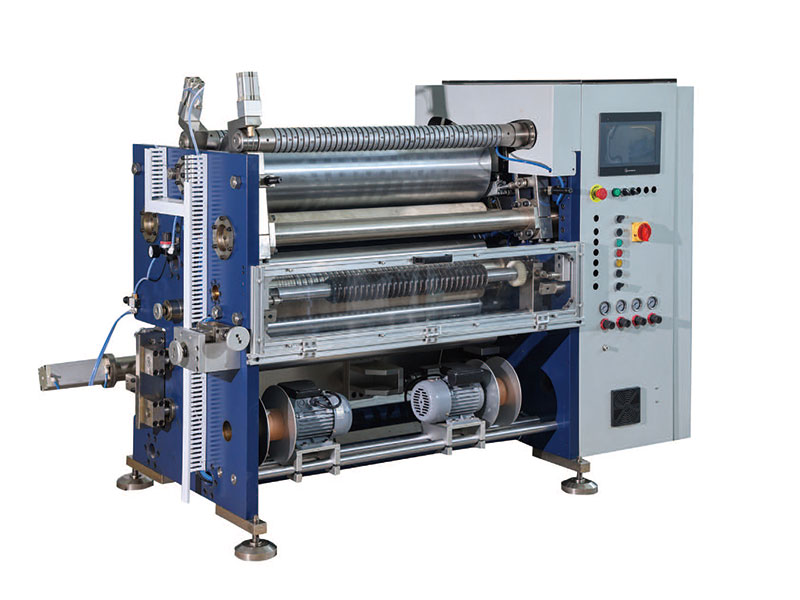 800mm Hot Stamping Foil Slitting Machine
800mm Hot Stamping Foil Slitting Machine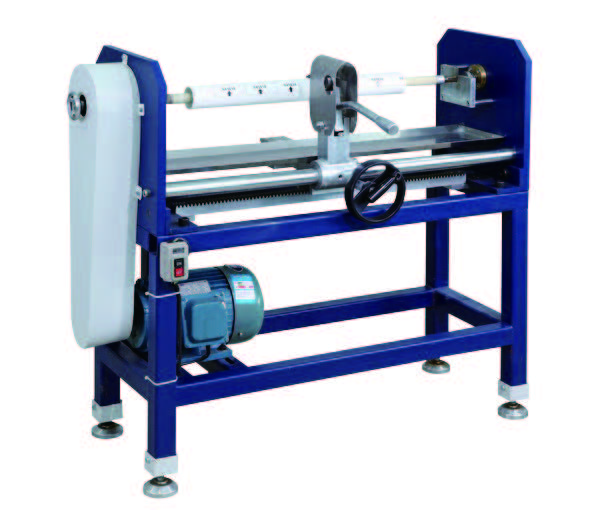 Manual Foil Roll Cutting Machine
Manual Foil Roll Cutting Machine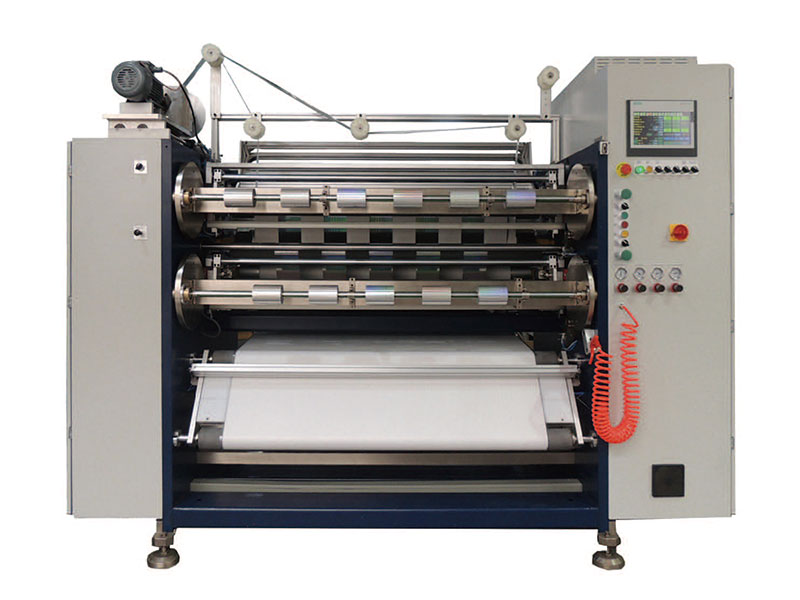 1350mm/1600 Foil Slitting Machine
1350mm/1600 Foil Slitting Machine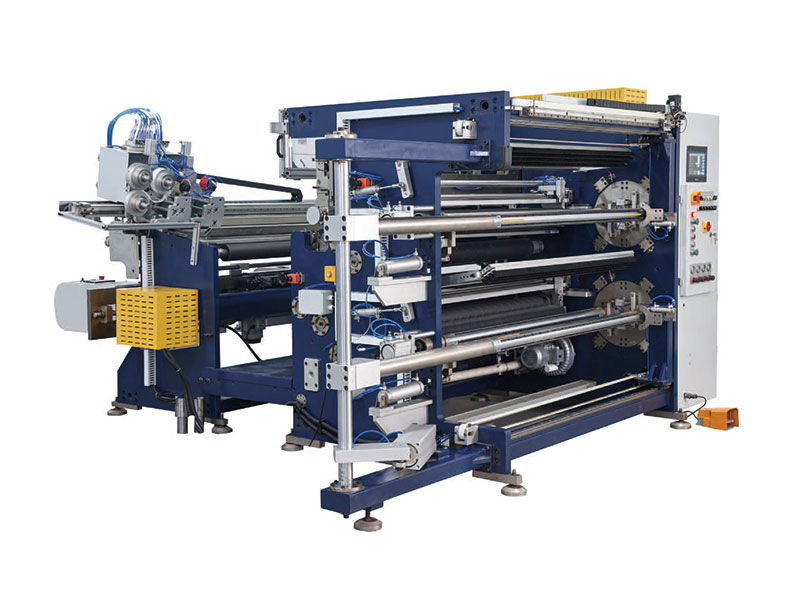 1350mm Bopp Film Slitting Machine
1350mm Bopp Film Slitting Machine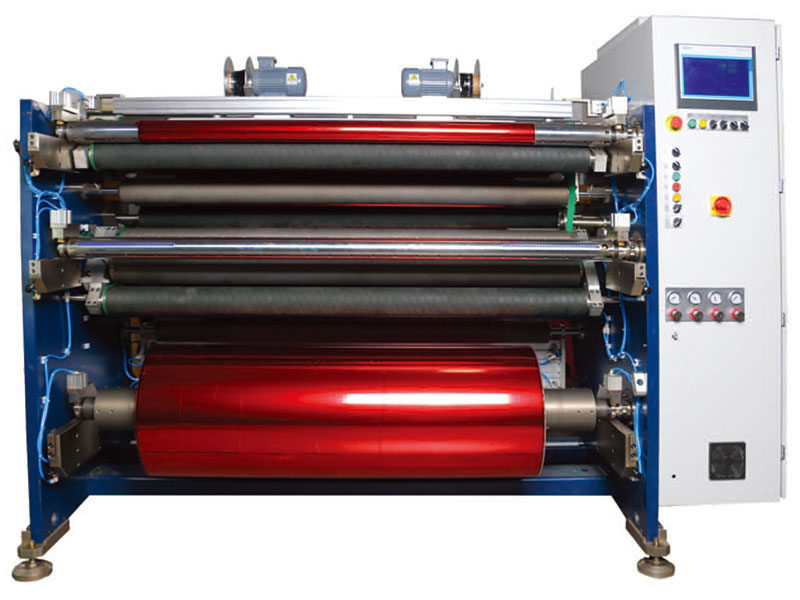 1600mm Foil Slitting Machine
1600mm Foil Slitting Machine

